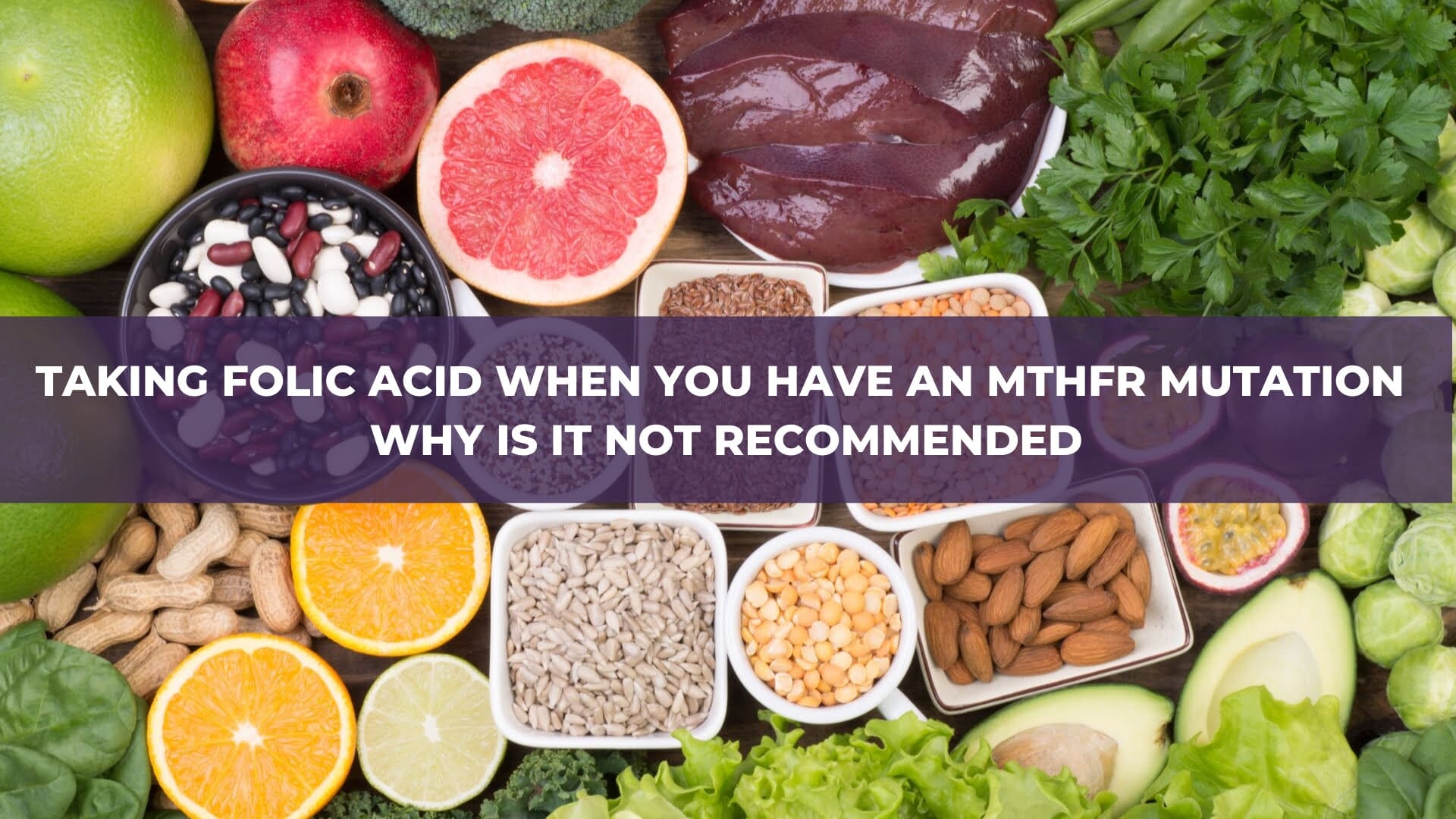Ingredients
- 1 small red onion, thinly sliced
- 1 skinned salmon fillet (about 2 pounds)
- 1/2 teaspoon salt
- 1 medium navel orange, thinly sliced
- 1 cup pomegranate seeds
- 2 tablespoons extra virgin olive oil
- 1 tablespoon minced fresh dill
Directions
- Preheat oven to 375°. Place a 28×18-in. piece of heavy-duty foil in a 15x10x1-in. baking pan. Place onion slices in a single layer on foil. Top with salmon; sprinkle with salt. Arrange orange slices over top. Sprinkle with pomegranate seeds; drizzle with oil. Top with a second piece of foil. Bring edges of foil together on all sides and crimp to seal, forming a large packet.
- Bake until fish just begins to flake easily with a fork, 25-30 minutes. Be careful of escaping steam when opening packet. Remove to a serving platter; sprinkle with dill.
Nutrition Facts
4 ounces cooked salmon: 307 calories, 19g fat (3g saturated fat), 76mg cholesterol, 274mg sodium, 8g carbohydrate (6g sugars, 1g fiber), 26g protein. Diabetic Exchanges: 4 lean meat, 1-1/2 fat, 1/2 fruit.
Recipe sourced from Tasteofhome.com








